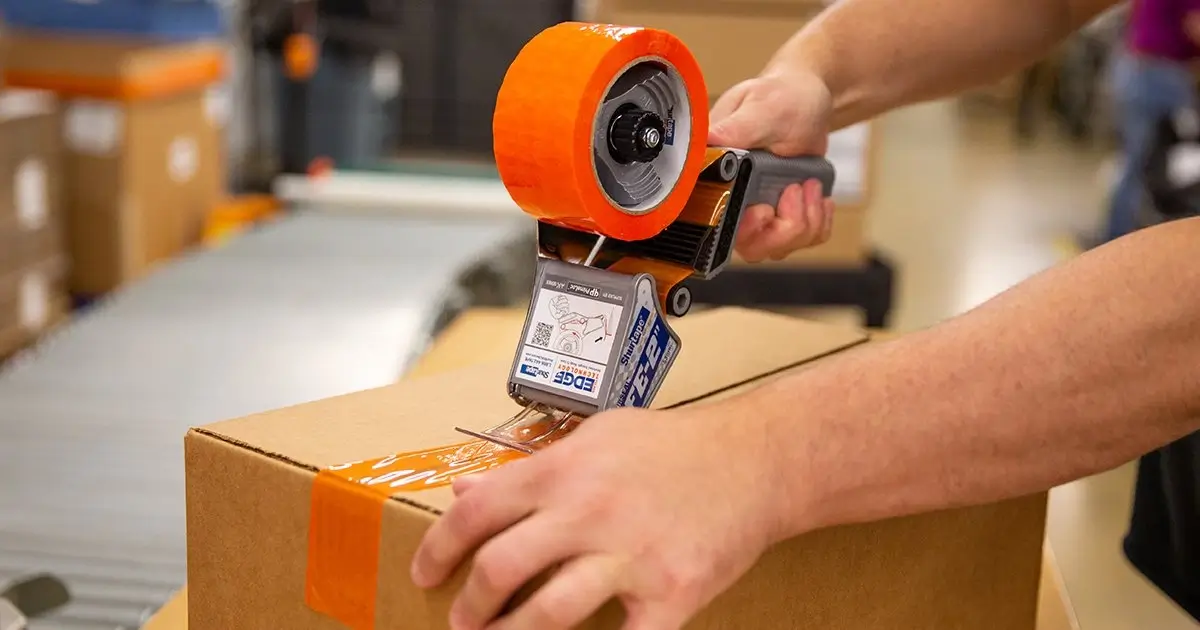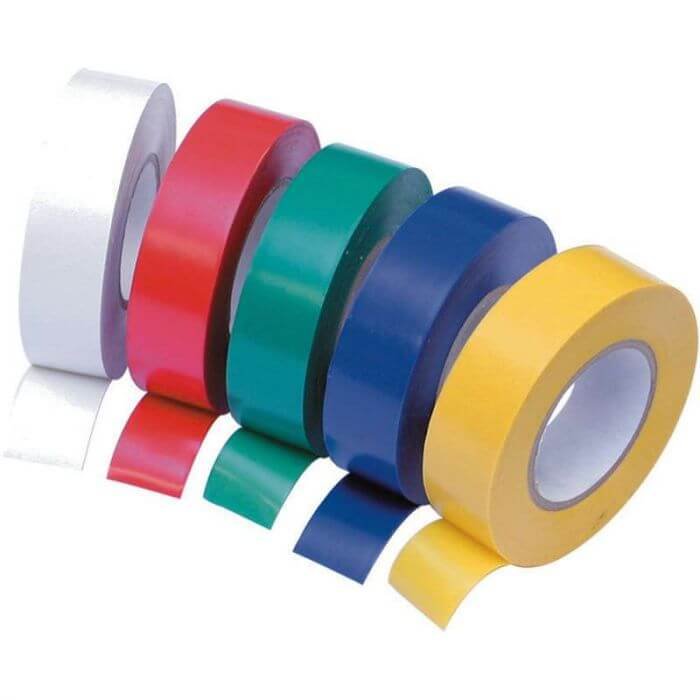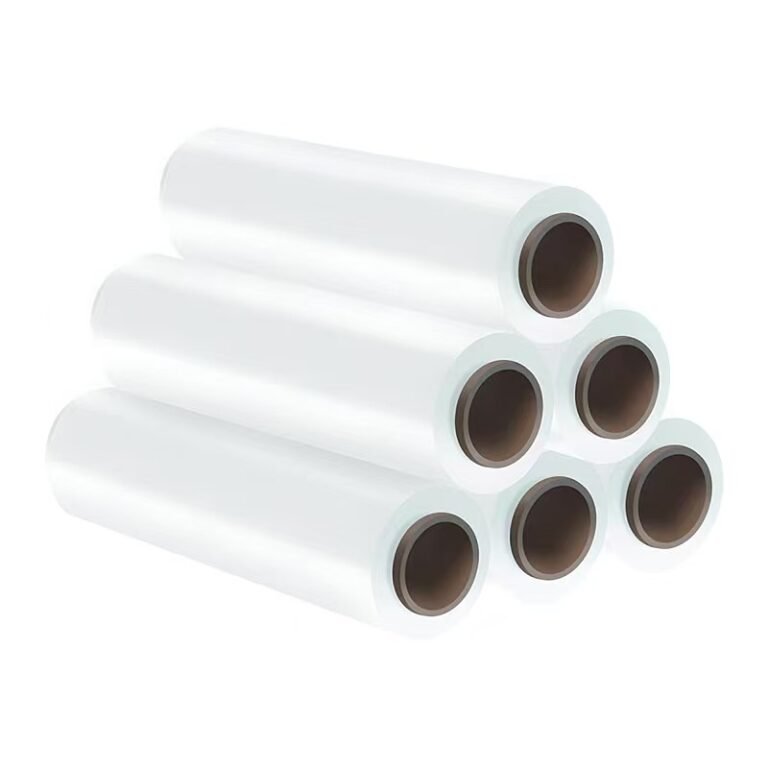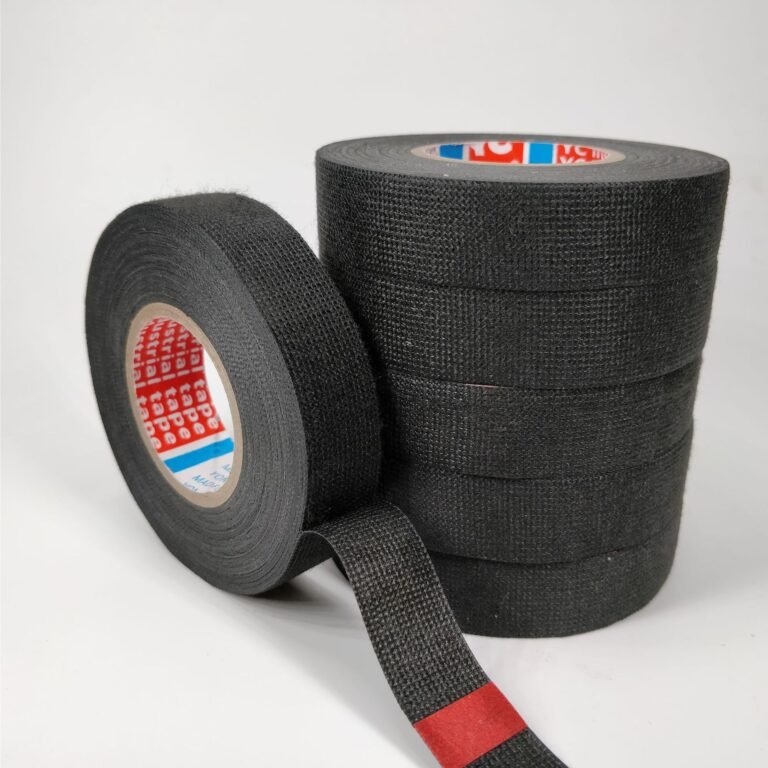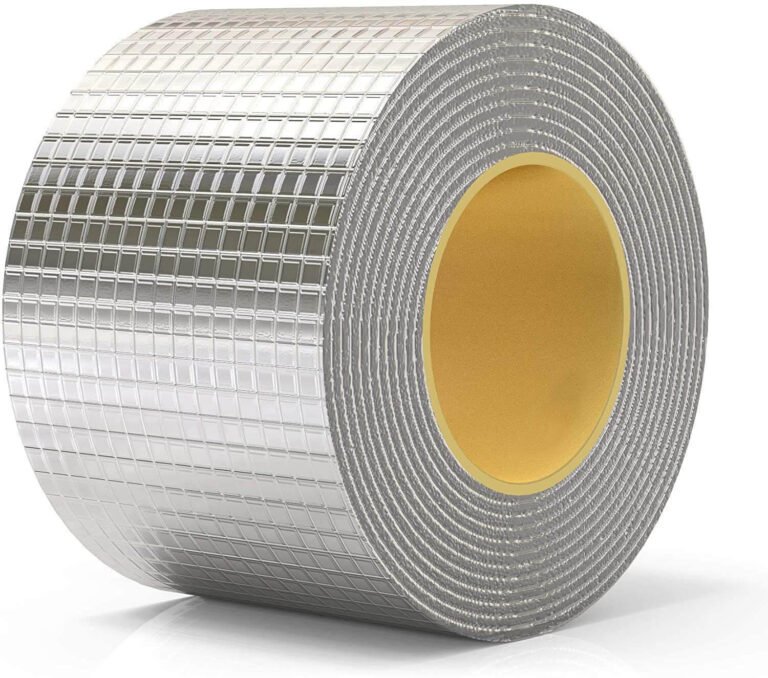BOPP Tape vs PVC Tape: Key Differences, Uses & Packaging Selection Guide
In the realm of packaging and sealing solutions, BOPP tape and PVC tape stand out as two dominant choices, each catering to unique industrial needs. While both offer strength and durability, their distinct material compositions, performance traits, and environmental impacts make them suited for different applications. This article explores the nuances between these two tapes, helping you determine which is best for your packaging requirements.
What is BOPP Tape?
BOPP (Biaxially Oriented Polypropylene) tape is crafted from polypropylene, a thermoplastic polymer renowned for its structural integrity. Performs reliably in moderately hot or cold environments, suitable for most warehousing and standard shipping conditions. exceptional adhesion, and resistance to moisture and chemicals. Its lightweight design and clear transparency make it a go-to for applications where visual clarity matters, such as retail packaging or inventory labeling.
Key Advantages:
- Temperature Resilience: Thrives in extreme hot or cold environments, ideal for long-term storage or cross-climate shipping.
- Branding Flexibility: Available in vibrant colors and customizable with logos or messages, enhancing brand visibility during transit.
- Cost-Effective: Generally more affordable than PVC tape, making it suitable for high-volume, everyday use.
What is PVC Tape?
PVC (Polyvinyl Chloride) tape is manufactured from a synthetic plastic material, celebrated for its flexibility and rugged durability. Unlike BOPP, it excels at conforming to irregular surfaces, making it perfect for sealing boxes with rough edges or uneven textures. Its robust adhesive ensures a secure seal for heavy-duty applications.
Key Advantages:
- Heavy-Duty Performance: Designed to withstand rigorous handling in warehouses, manufacturing plants, or shipping hubs.
- Surface Adaptability: Forms a tight seal on non-uniform surfaces, reducing the risk of package tampering or damage.
- Chemical & Abrasion Resistance: Maintains integrity in harsh environments, protecting contents from spills or friction.
Core Differences Between BOPP and PVC Tape
| Feature | BOPP Tape | PVC Tape |
| Material | Polypropylene (thermoplastic) | Polyvinyl Chloride (synthetic plastic) |
| Weight Capacity | Light to medium (up to 30 lbs) | Heavy-duty (30+ lbs, suitable for industrial use) |
| Transparency | High (clear options available) | Moderate (often opaque or semi-transparent) |
| Environmental Impact | Recyclable; low emissions during production | Non-recyclable; releases toxic fumes when burned |
| Cost | Lower (widely accessible) | Higher (due to specialized durability) |
| Ideal Uses | Retail packaging, branding, climate-sensitive shipments | Industrial sealing, rough surfaces, heavy loads |
Choosing the Right Tape for Your Needs
Selecting between BOPP and PVC tape hinges on four critical factors:
- Package Weight & Texture:Use BOPP for lightweight items (e.g., clothing, books) or smooth surfaces.
- Opt for PVC when sealing heavy cartons (e.g., machinery parts, construction materials) or irregular boxes.
- Environmental Conditions:BOPP’s temperature resistance suits cross-country or international shipping.
- PVC’s abrasion resistance is vital for outdoor storage or rough-handling logistics.
- Branding Requirements:BOPP’s printability makes it ideal for showcasing logos or promotional messages.
- PVC’s functional design prioritizes durability over aesthetics.
- Sustainability Goals:BOPP aligns with eco-friendly practices due to its recyclability.
- PVC is better for single-use, heavy-duty applications where longevity outweighs environmental concerns.
Conclusion
BOPP tape and PVC tape each occupy a distinct niche in the packaging industry. For optimal packaging results, consider working with suppliers who offer both BOPP and PVC options tailored to your operational environment and branding requirements.BOPP shines in scenarios requiring visibility, branding, and cost-efficiency, while PVC excels in heavy-duty, rugged environments. By evaluating your package’s weight, surface type, and sustainability needs, you can leverage these tapes to enhance both the security and presentation of your shipments. Whether you’re a retailer aiming to reinforce brand identity or a manufacturer shipping industrial equipment, the right tape ensures your goods arrive intact and purpose-aligned.

